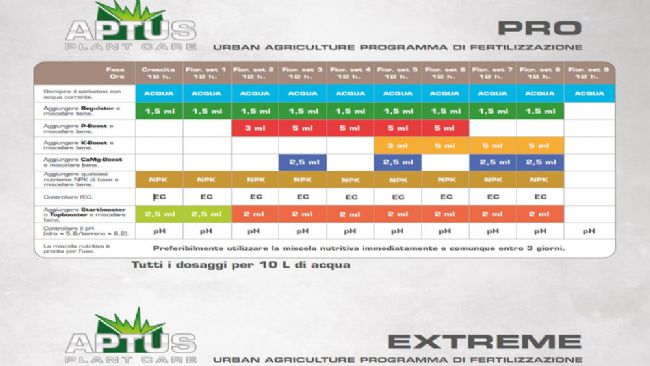

Aptus bible series#
The Dead Sea Scrolls were discovered in a series of 12 caves around the site originally known as the Ein Feshkha Caves near the Dead Sea in the West Bank (then part of Jordan) between 19 by Bedouin shepherds and a team of archeologists. Qumran cave 4, where ninety percent of the scrolls were found The remainder (roughly 30%) are sectarian manuscripts of previously unknown documents that shed light on the rules and beliefs of a particular group ( sect) or groups within greater Judaism, like the Community Rule, the War Scroll, the Pesher on Habakkuk, and The Rule of the Blessing.Approximately another 30% are texts from the Second Temple period which ultimately were not canonized in the Hebrew Bible, like the Book of Enoch, the Book of Jubilees, the Book of Tobit, the Wisdom of Sirach, Psalms 152–155, etc.About 40% are copies of texts from the Hebrew Scriptures.The identified texts fall into three general groups: Owing to the poor condition of some of the scrolls, scholars have not identified all of their texts. Bronze coins found at the same sites form a series beginning with John Hyrcanus (in office 135–104 BCE) and continuing until the period of the First Jewish–Roman War (66–73 CE), supporting the radiocarbon and paleographic dating of the scrolls. Scholarly consensus dates the scrolls from the last three centuries BCE and the first century CE, though manuscripts from associated Judaean Desert sites are dated as early as the 8th century BCE and as late as the 11th century CE. Most of the texts are written on parchment, some on papyrus, and one on copper. Discoveries from the Judaean Desert add Latin (from Masada) and Arabic (from Khirbet al-Mird) texts. Most of the texts are Hebrew, with some written in Aramaic (for example the Son of God Text in different regional dialects, including Nabataean), and a few in Greek.

Archaeologists have long associated the scrolls with the ancient Jewish sect called the Essenes, although some recent interpretations have challenged this connection and argue that priests in Jerusalem, or Zadokites, or other unknown Jewish groups wrote the scrolls. The caves are located about 1.5 km (1 mi) west of the northwest shore of the Dead Sea, whence they derive their name. The 11 Qumran Caves lie in the immediate vicinity of the Hellenistic-period Jewish settlement at Khirbet Qumran in the eastern Judaean Desert, in the West Bank. Researchers have assembled a collection of 981 different manuscripts – discovered in 1946/47 and in 1956 – from 11 caves. However, a small number of well-preserved, almost intact manuscripts have survived – fewer than a dozen among those from the Qumran Caves. They represent the remnants of larger manuscripts damaged by natural causes or through human interference, with the vast majority holding only small scraps of text. Many thousands of written fragments have been discovered in the Dead Sea area. Ownership of the scrolls is also contested by the State of Palestine.

However, some of the scrolls are still in Jordan and are now displayed at The Jordan Museum in Amman.

Most of the scrolls are held by Israel in the Shrine of the Book at the Israel Museum, but their ownership is disputed by Jordan due to the Qumran Caves' history: following the End of the British Mandate for Palestine in 1947, Jordan occupied the area in the 1948 Arab–Israeli War, and Israel captured both the area and several Scrolls from Jordan in the 1967 Six Day War. At the same time they cast new light on the emergence of Christianity and of Rabbinic Judaism. Dating from the 3rd century BCE to the 1st century CE, the Dead Sea Scrolls are considered to be a keystone in the history of archaeology with great historical, religious, and linguistic significance because they include the oldest surviving manuscripts of entire books later included in the biblical canons, along with deuterocanonical and extra-biblical manuscripts which preserve evidence of the diversity of religious thought in late Second Temple Judaism. The Dead Sea Scrolls (also the Qumran Caves Scrolls) are ancient Jewish and Hebrew religious manuscripts discovered between 19 at the Qumran Caves in what was then Mandatory Palestine, near Ein Feshkha in the West Bank, on the northern shore of the Dead Sea.


 0 kommentar(er)
0 kommentar(er)
